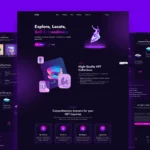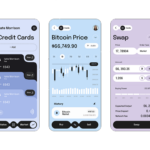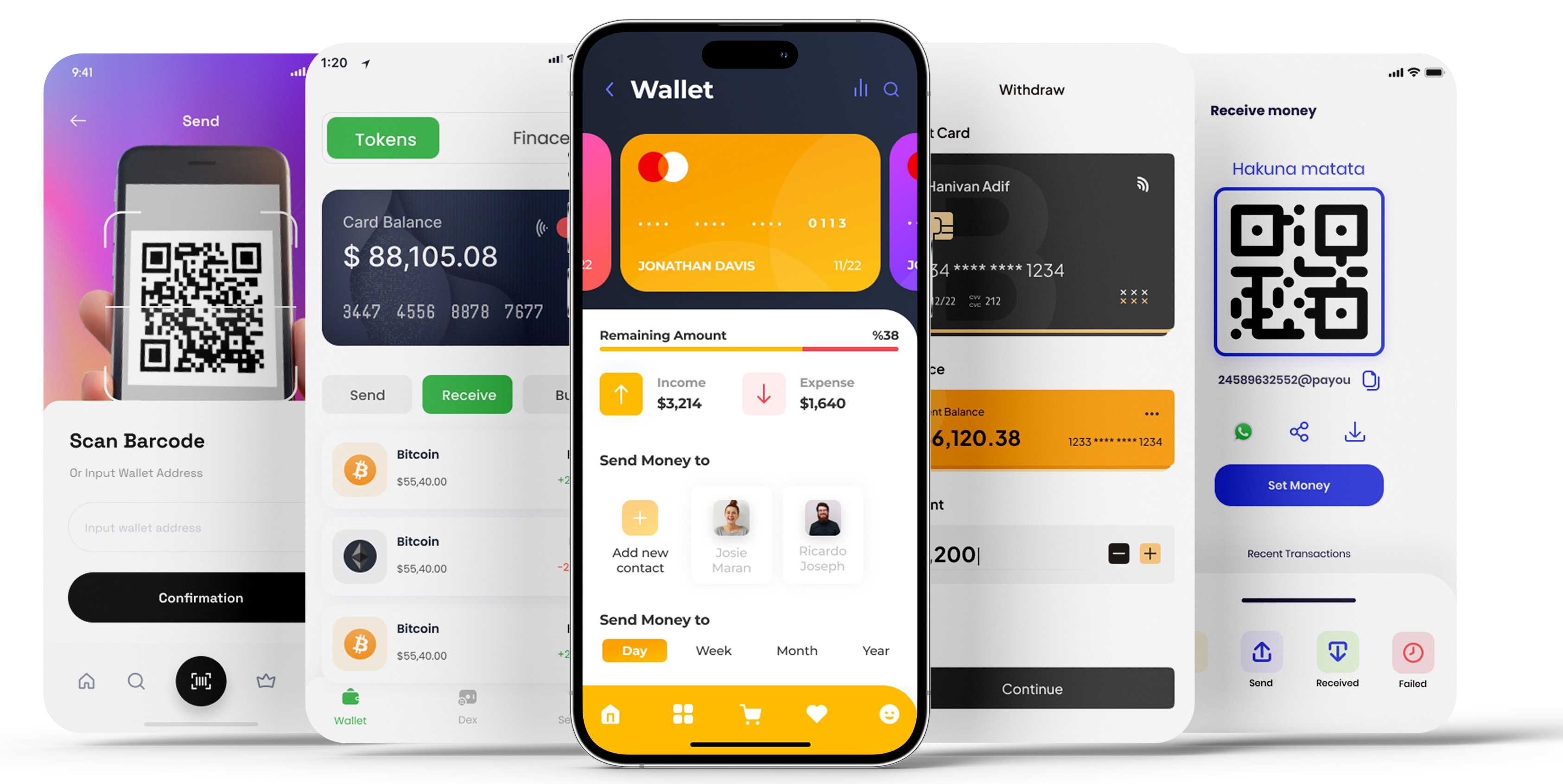
Introduction:
In today’s digital age, where smartphones have become an essential part of our lives, the demand for innovative and useful mobile applications is skyrocketing. If you have a brilliant app idea, you’re already ahead in the game. However, the journey from concept to a market-ready app involves careful planning, execution, and iteration. In this blog post, we’ll guide you through the process of turning your app idea into a reality that’s ready to conquer the market.
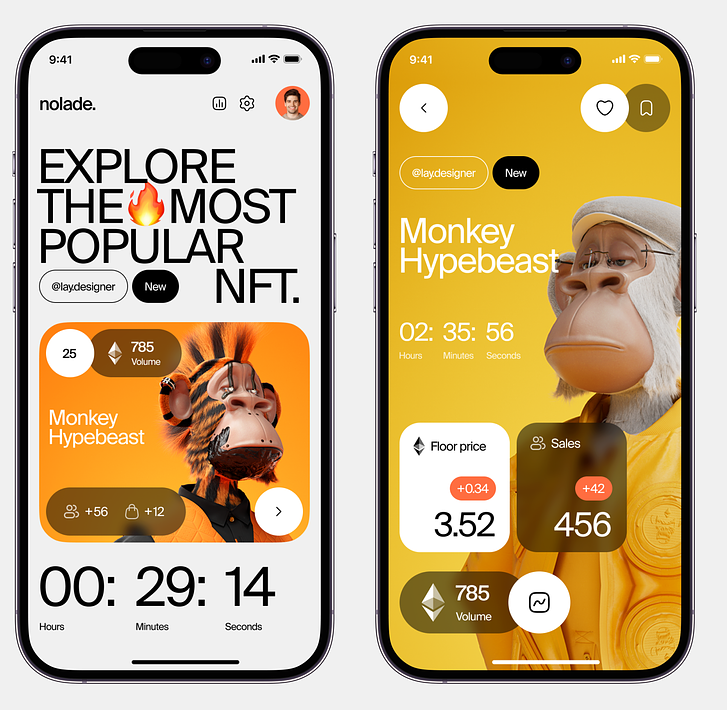
Validate Your App Idea:
Before diving into development, it’s crucial to validate your app idea. Conduct market research to understand the demand, competition, and target audience. Gather feedback from potential users through surveys, interviews, or prototypes. Validating your idea ensures that you’re solving a genuine problem and catering to a viable market.
Define Your Target Audience:
Clearly define your target audience to tailor your app to their needs and preferences. Understand their demographics, behaviors, pain points, and preferences. This will help you design features that resonate with your users and create a seamless user experience.
Craft a Compelling Value Proposition:
A compelling value proposition is essential to differentiate your app from competitors and attract users. Clearly articulate the unique benefits and features of your app that solve users’ problems or fulfill their desires. Your value proposition should be clear, concise, and persuasive, communicating why users should choose your app over others.
Create a Prototype or MVP:
Develop a prototype or minimum viable product (MVP) to test your app concept with real users. A prototype allows you to visualize and refine the app’s design and functionality before investing significant resources into development. An MVP enables you to launch a basic version of your app with essential features to gather feedback and validate your assumptions.
Choose the Right Development Approach:
Selecting the right development approach is crucial for bringing your app idea to life efficiently and cost-effectively. Depending on your requirements, budget, and timeline, you can choose between native, hybrid, or cross-platform development. Each approach has its pros and cons, so weigh them carefully before making a decision.
Hire a Skilled Development Team:
Building a successful app requires a skilled and experienced development team. Whether you’re outsourcing development or hiring in-house developers, ensure that they have the expertise and capabilities to execute your vision effectively. Collaborate closely with the development team to communicate your requirements, provide feedback, and track progress throughout the development process.
Focus on User Experience (UX) Design:
User experience plays a critical role in the success of your app. Invest in UX design to create an intuitive, engaging, and visually appealing interface that enhances user satisfaction and retention. Conduct usability testing to identify any usability issues and iterate on the design to optimize the user experience.
Implement Robust Security Measures:
Security should be a top priority when developing a mobile app, especially if it handles sensitive user data or transactions. Implement robust security measures, such as encryption, authentication, and secure data storage, to protect user privacy and prevent unauthorized access or data breaches.
Optimize for Performance and Scalability:
Ensure that your app is optimized for performance and scalability to deliver a seamless experience to users, even under heavy loads or increased usage. Optimize code, minimize load times, and leverage caching and content delivery networks (CDNs) to improve app performance. Design your app architecture to scale effortlessly as your user base grows.
Test Rigorously Across Devices and Platforms:
Thorough testing is essential to identify and resolve any bugs, glitches, or compatibility issues before launching your app to the market. Test your app rigorously across various devices, screen sizes, and operating systems to ensure compatibility and consistency. Utilize automated testing tools and enlist beta testers to provide feedback and identify any issues that may have been overlooked.
Prepare for Launch:
Prepare a comprehensive launch plan to generate excitement and maximize visibility when releasing your app to the market. Create compelling app store listings with high-quality graphics, screenshots, and descriptions to attract users. Develop a marketing strategy to reach your target audience through social media, press releases, influencer partnerships, and other channels.
Gather Feedback and Iterate:
The journey doesn’t end with the app launch. Continuously gather feedback from users, analyze app metrics, and iterate on your app based on insights and user behavior. Implement new features, enhancements, and updates to keep your app fresh, relevant, and competitive in the ever-evolving app market.
Got a brilliant app idea? ![]() Let’s turn it into reality!
Let’s turn it into reality! ![]() Contact us at StepSharp and let’s build something amazing together.
Contact us at StepSharp and let’s build something amazing together. ![]()
![]() app development
app development
![]() Website: stepsharp.com
Website: stepsharp.com
Conclusion:
Transforming your app idea into a market-ready reality requires careful planning, execution, and iteration. By validating your idea, understanding your target audience, and following a systematic development process, you can create an app that resonates with users and stands out in the competitive app market. With the right strategy, resources, and dedication, you can turn your app idea into a successful venture that delights users and achieves your business objectives.
LEARN MORE: How to Develop an App Idea: 8 Steps from Vision to Value in 2024
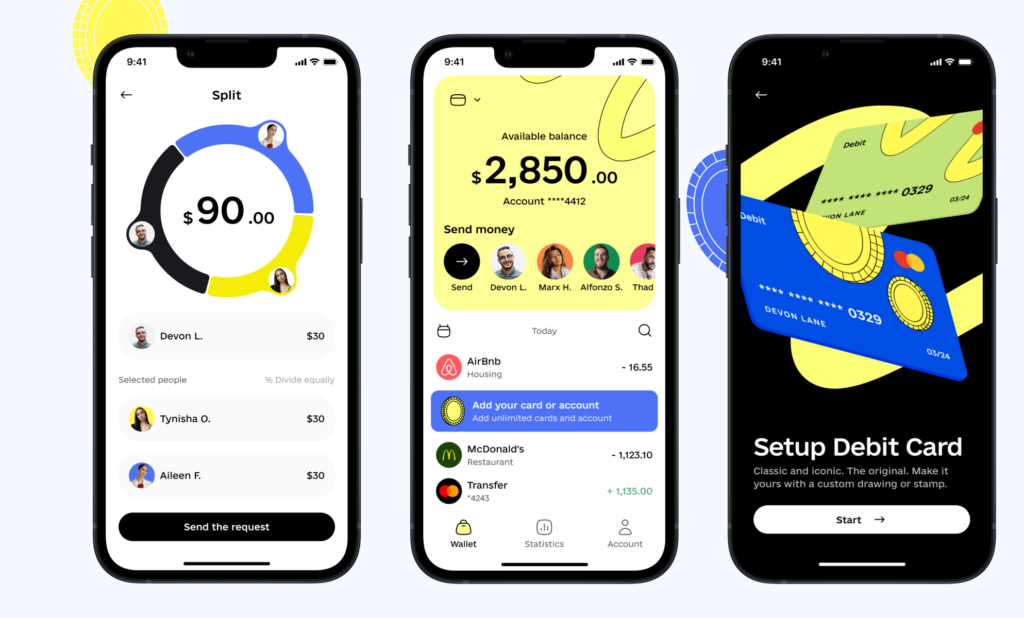
Frequently Asked Questions (FAQs)
- How do I validate my app idea?
- Conduct market research to understand the demand and competition.
- Gather feedback from potential users through surveys, interviews, or prototypes.
- Ensure your idea solves a genuine problem or fulfills a need in the market.
- What’s the difference between a prototype and an MVP?
- A prototype is a visual representation of your app’s design and functionality, used for testing and refining the concept.
- An MVP (Minimum Viable Product) is a basic version of your app with essential features, launched to gather feedback and validate assumptions.
- Which development approach should I choose?
- Consider factors like requirements, budget, and timeline.
- Choose between native, hybrid, or cross-platform development based on your needs.
- Evaluate the pros and cons of each approach to make an informed decision.
- How important is user experience (UX) design?
- User experience plays a critical role in app success, impacting user satisfaction and retention.
- Invest in intuitive, engaging, and visually appealing interface design.
- Conduct usability testing to identify and address any usability issues.
- What should I consider before launching my app?
- Develop a comprehensive launch plan to generate excitement and maximize visibility.
- Prepare compelling app store listings with high-quality graphics and descriptions.
- Implement a marketing strategy to reach your target audience through various channels.


